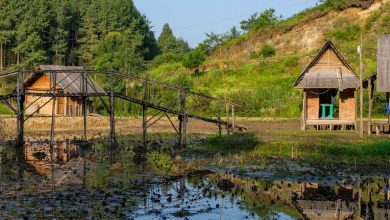The Sunderbans, which literally translates to “beautiful forest,” is a legendary territory that is both a UNESCO World Heritage Site and famous for its tiger protection efforts as part of the Tiger Project. While it is a must-visit place for every tiger enthusiast, there is more to this beautiful region than just that. For instance, Bon Bibi and Shah Jongoli are subjects of numerous local folklore that tell us about the rich cultural heritage extant in these parts. However, there is still a great deal that we are oblivious to.

The mangrove forest, one of the biggest in the world, is situated on the deltas of the Ganga, Brahmaputra, and Meghna rivers in the Bay of Bengal. It is close to the Sundarbans World Heritage Site in India. The location of Sunderbans, which is a splendid illustration of ongoing ecological processes, is intersected by a complicated network of tidal rivers, mudflats, and tiny islands of salt-tolerant mangrove forests. Numerous threatened species, including the estuarine crocodile and the Indian python, as well as 260 different bird types, can be found in the region.
Sunderbans is also 10 times the size of Venice! There are 102 islands totalling 4000 square kilometres, 54 of which are inhabited, and the remaining are covered in forest. The extensive mangrove trees known as Sundari or Heritiera littoralis inspired the name of the Sundarbans. Because of its brackish water, seafood production and marine fisheries, Sundarbans Biosphere Reserve is one of the most distinctive natural resource endowments.
Come, let’s unravel the mysteries and legends of Sunderbans together.
9 things to do while vacationing in Sunderbans National Park
1. Visit the marvellous Sunderbans National Park
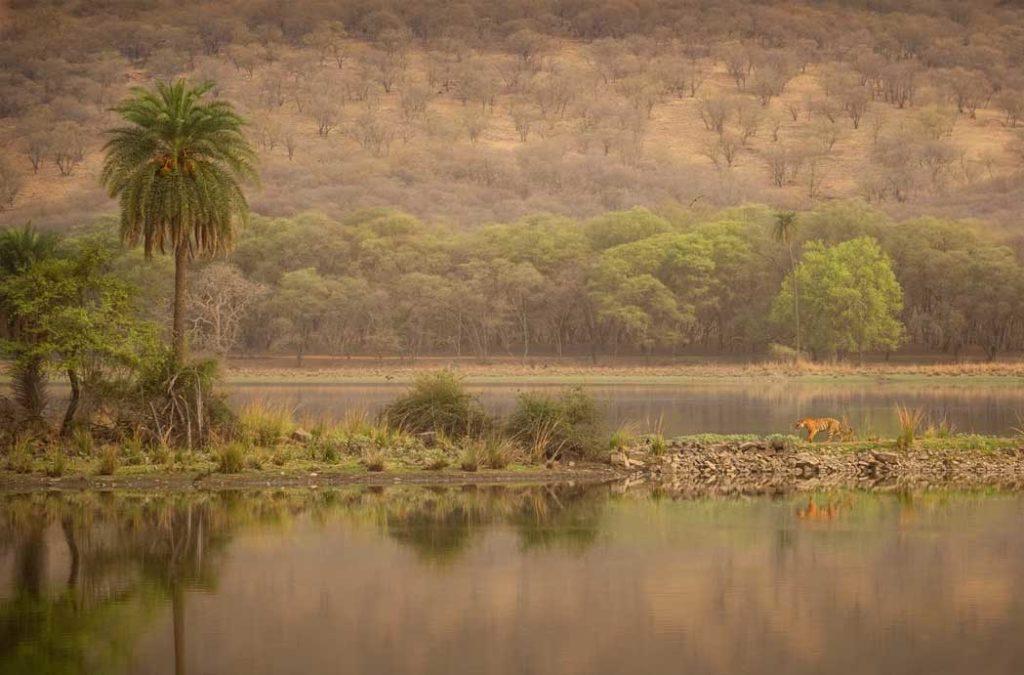
The Sunderbans National Park is Sunderbans Tiger Reserve’s core region, made up of islands, waterways, canals, and streams. Instead of going on an elephant safari in this area, you can take a boat tour or a luxury cruise. As you journey through the numerous waterways surrounded by tall trees, you will be hypnotised by its magnificence. Although the Sunderbans can be visited all year round, the ideal time to visit is from September to March.
2. Catch a glimpse of the roaring Bengal Tiger
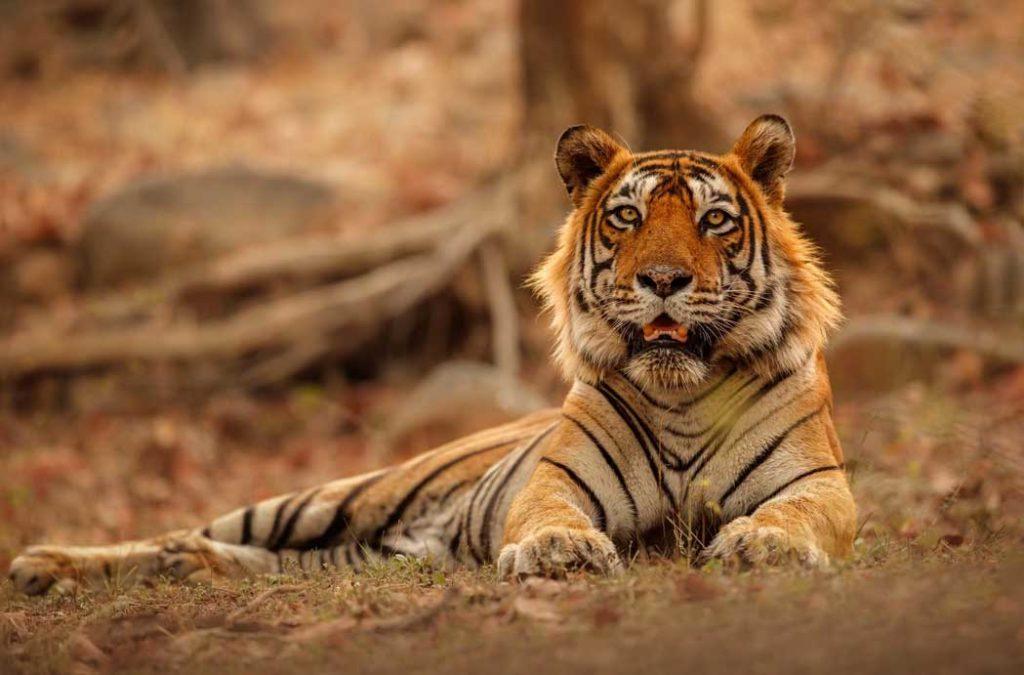
In an attempt to catch a rare glimpse of the stunning Royal Bengal Tigers, cruise through a maze of tidal waterways, mud flats, tiny islands, and mangrove forests on a boat or luxury cruise. The best months to spot tigers are from September to March. Although it is notoriously difficult to catch sight of a Royal Bengal Tiger in the National Park, the anticipation of catching a glimpse is worth the wait.
3. Bird watching in Sajnekhali Bird Sanctuary
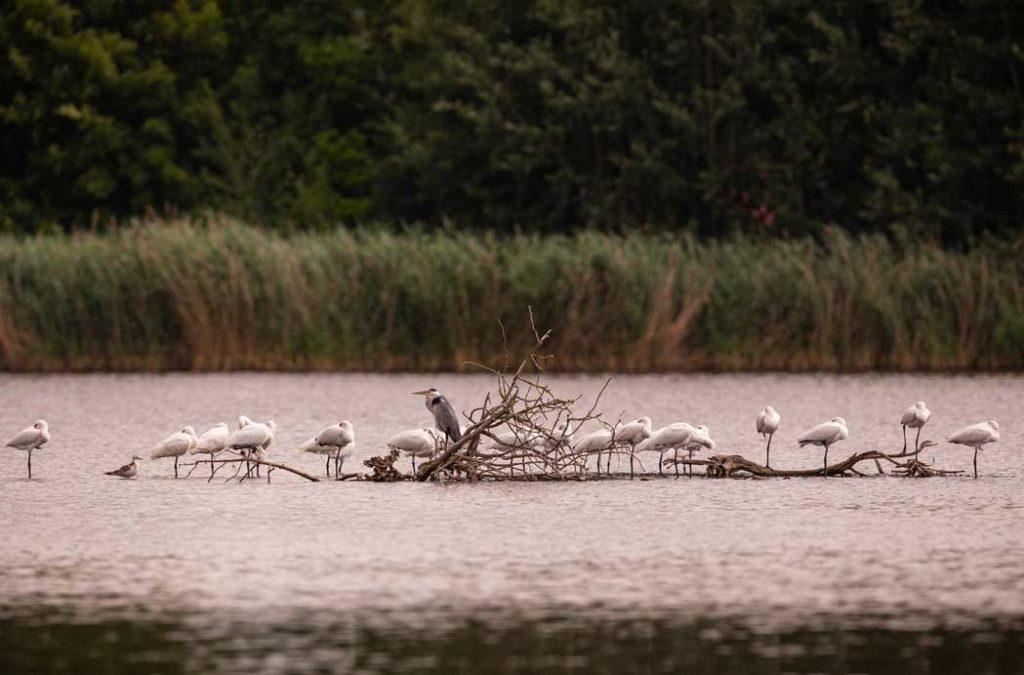
Sajnekhali Bird Sanctuary is a haven for bird watchers. From a watch tower, you can observe more than 200 distinct bird species, such as sandpipers, whimbrels, plovers, kingfishers, and herons.
Check Out Wildlife Sanctuary in India: 25 Places to Experience Offbeat Safari
4. A quick visit to Netidhopani
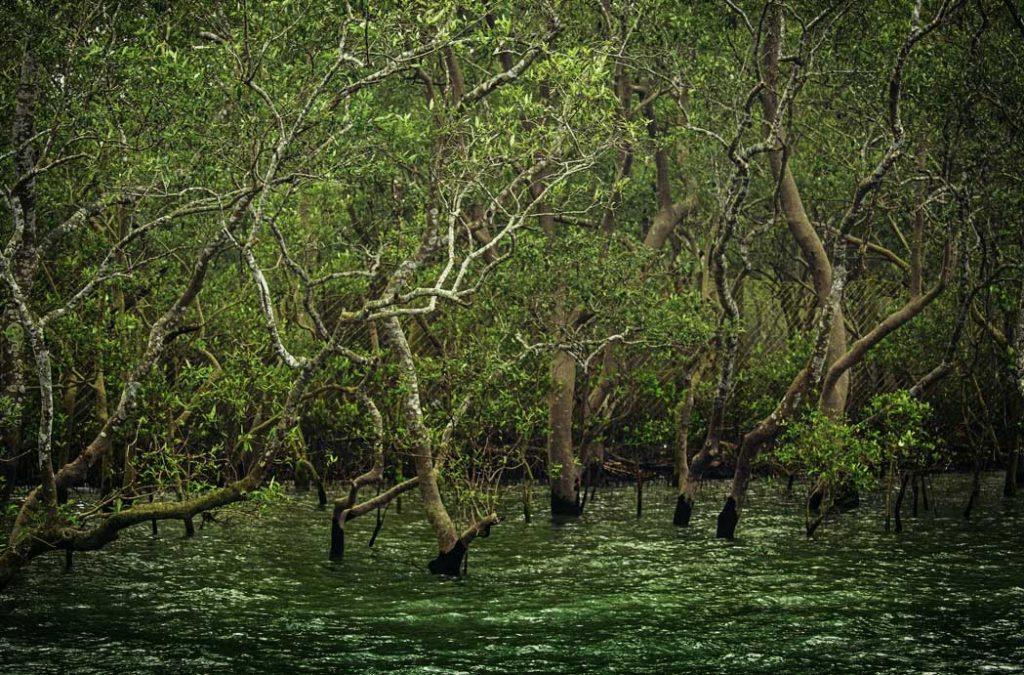
Netidhopani, a popular destination visited by pilgrims, has a watch tower from which guests can view the ruins of a 400-year-old Shiva temple. From the tower, you can also see the abundant flora and fauna of the area.
Also, Visit Remote Places in India– the Unexplored Lands and Its Beauty
5. The exceptional Bhagabatpur Crocodile Project
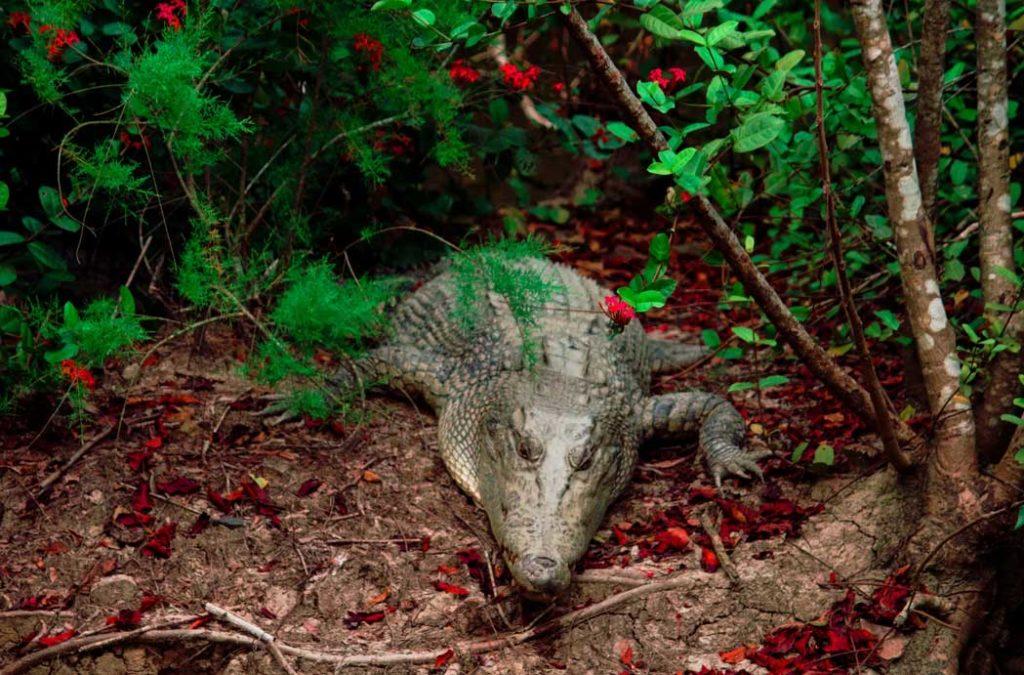
The Bhagabatpur Crocodile Project is a popular destination in the Sunderbans National Park that serves as a saltwater crocodile hatchery. Surrounded by a littoral marsh, a serene atmosphere, and beautiful ecology, this crocodile project is a valuable addition to your trip to the Sunderbans. The only crocodile project in all of West Bengal, the Bhagabatpur Crocodile Project is conveniently accessible from the Sajnekhali pier.
6. Indulge in the Gangasagar Mela on the Sundarbans Sagar Island

Gangasagar Festival is a yearly religious celebration that takes place on the island of Sagar in Sunderbans. Perhaps travelling to the National Park during the month of January between the 14th and 15th will offer you an opportunity to take part in this spiritual fair. Do you know after the Kumbh Mela, Gangasagar is the biggest fair and religious celebration in India?
7. On Kanak Island, assist the newly hatched Olive Ridley Turtles with their passage into the sea

Kanak Island may gift you with a breathtaking sight on your journey to Sunderbans National Park- that of newly hatched Olive Ridley Turles’ passage into the sea. As you assist in releasing the newborn Olive Ridley Turtle hatchlings into the ocean during your visit, you may grow to respect wildlife even more. The nesting season for these turtle species lasts from the months of December to March, and it is believed that they travel 100 kilometres inland just to lay their eggs on the moist sand beach.
8. Walk through the canopy while observing the wildlife
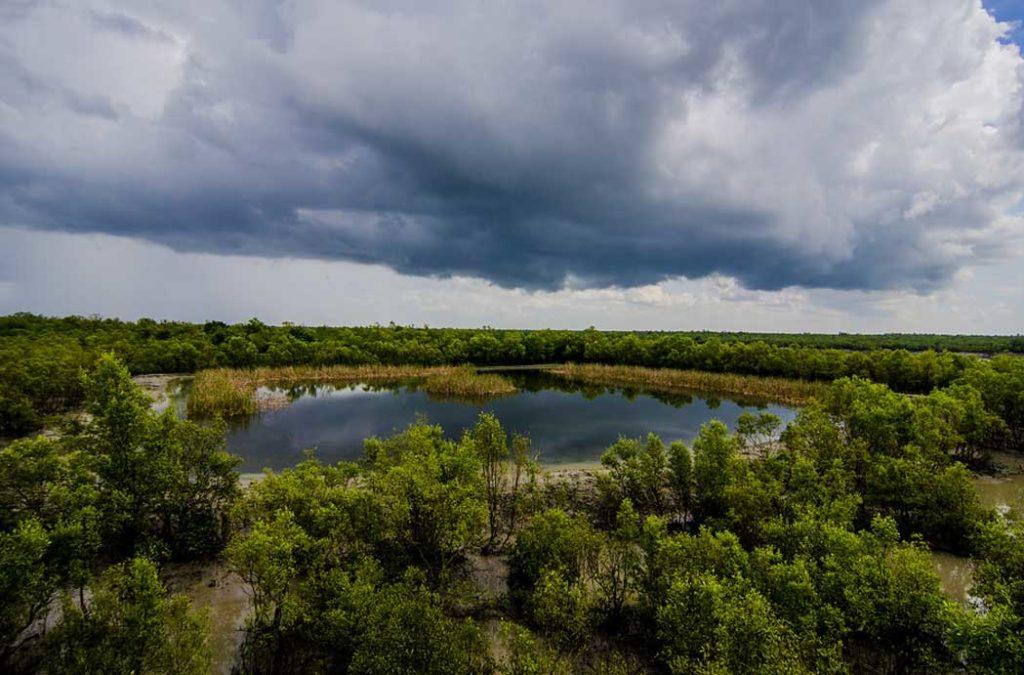
You will have a one-of-a-kind opportunity to observe animals from the Dobanki Watchtower’s Canopy Walk. This walk will allow you to stretch your legs a little after the long boat journey. It is about half a kilometre long and rises about 20 feet above the ground. If you’re fortunate, you might catch a glimpse of some Chital deers relaxing or some crocodiles soaking up the late-afternoon sun. If you’re incredibly fortunate, you might get to see the famed Royal Bengal tiger as well.
9. Explore Sunderbans on Luxury Cruise

The Sunderbans is a true paradise that should only be navigated through waterways. The Sunderbans luxury cruise travels through the entire region, stopping at the most exotic waters, from north to south and east to west. You can choose from a variety of Sunderbans luxury cruise itineraries. You will see magnificent mangroves and various wild creatures. The Sunderbans Mangrove Forest, located in the vast delta of the Ganga, Meghna, and Brahmaputra, is a haven for a variety of wildlife habitats and an exceptional environment.
Visit the Sunderbans National Park on Sunderbans luxury cruise and witness many species of birds, including Small Minivet, Black-hooded Oriole, Mangrove Whistler, Cinnamon Bittern, and a lot more. Explore the world’s largest mangrove forest and delta and spot animals like crocodiles, spotted deer, wild boar, snakes, and water monitor lizards.
Is visiting the Sunderbans National Park on your bucket list? It’s time to tick it off right now!

